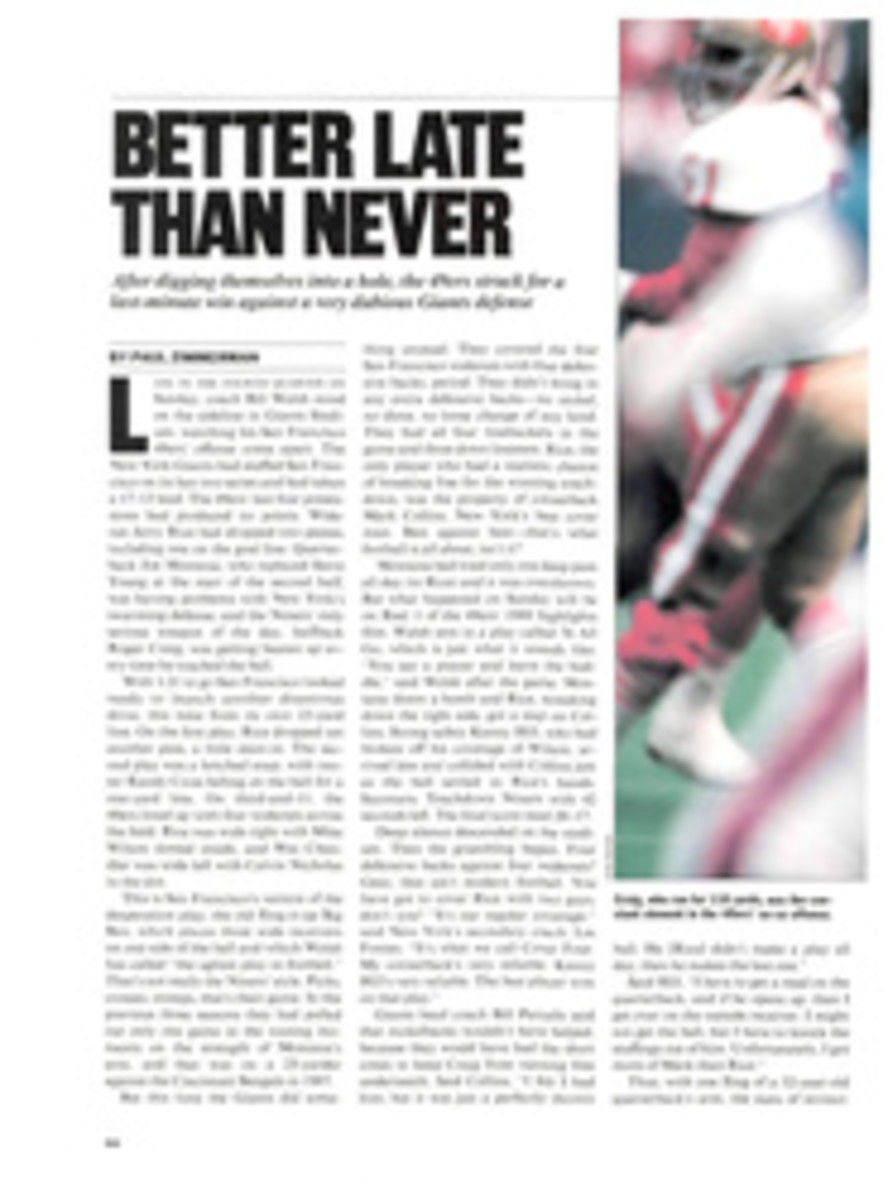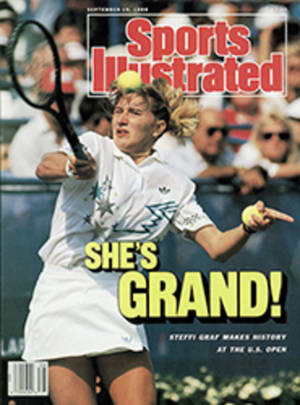
GAME OF CAT AND MOUSE
The best thing that can be said about the 1988 America's Cup is that it's over. The winner once again is Dennis Conner, who steered a catamaran, Stars & Stripes, through two races without mishap, thereby demonstrating what sailors have known for centuries—that a vessel with a single hull and a keel is no match for a catamaran that skims across the water with no keel at all. Even when the monohull in question (New Zealand) is more than twice as long as the catamaran and made with the lightest materials known to 20th-century boat-wrights, the matchup is a mismatch.
This America's Cup that no one wanted evolved from New Zealand investment banker Michael Fay's unwelcome but legal challenge in a 133-foot monohull and from the San Diego Yacht Club's decision to defend with a 60-foot catamaran, a response that may also prove legal. That issue will be decided later in the New York Supreme Court, which oversees the Deed of Gift, the document, written in 1887, that governs the conduct of the Cup.
Meanwhile one of the most lopsided matches ever to call itself a sporting event is now in the record books. From the beginning, Conner was fully aware of his no-win position. If he won, it would be because his boat was intrinsically faster; if he lost, it would be because he had messed up. Conner took no chances and barely scratched the potential of the high-performance catamaran. Yet he beat the comparatively ponderous New Zealand by two of the widest margins ever recorded—18 minutes, 15 seconds in the first race of the best-of-three series, 21:10 in the second.
Except for part of one windward leg, the races were dreary affairs for spectators. The winds off Point Loma, the headland that marks the entrance to San Diego Bay, were neither light enough to give New Zealand a slight edge, nor heavy enough to cause damage to Stars & Stripes—New Zealand's other hope of making the match close. Only briefly in the second race, a 39-mile triangle, did the wind reach 15 knots, and then Conner, with speed to spare, avoided trouble by sailing his fragile boat through the two reaching legs without using a headsail.
Indeed, except for a series of tacks shortly after the starts of both races, the boats could have been sailing on different oceans. Stars & Stripes was supposed to lose time to New Zealand in tacking duels because catamarans often slow down dramatically in the middle of a tack. But Stars & Stripes" acceleration was so explosive, she had little trouble holding her own. In Race 1, a 40-mile windward-leeward march in light winds, only a school of dolphins that joined Stars & Stripes as she approached the mark broke the tedium. On a press boat, reporters passed the time by counting Conner's stalling maneuvers and inventing mismatch metaphors.
For a while, the first leg of Race 2 was interesting. Twice, David Barnes, New Zealand's 30-year-old helmsman, luffed up hard and drove Conner straight into the wind, once forcing him to peel off in the opposite direction. The maneuver put New Zealand in the lead, but soon Stars & Stripes revealed her true speed. As the two boats approached each other on a collision course, suddenly one of the catamaran's hulls rose from the water. She shot across New Zealand's bow and was gone. "When the boat is flying a hull," says Gino Morrelli, one of its designers, "it feels like you're skiing. The boat even makes the same swoosh sound as skis going through snow."
Both boats were designed for San Diego's light September winds, and each, in her own way, is an extraordinary achievement. Under optimal conditions both can sail faster than the speed of the wind, either upwind, downwind or reaching, something no America's Cup boat has ever been able to do. In practice, Stars & Stripes, with its hard sail that resembles an airplane wing, had exceeded the downwind performance of any vessel in history, sailing at 1½ times the speed of the wind.
But this was match racing where a boat length is as good as a mile. Furthermore, Conner was not about to damage the San Diego Yacht Club's legal position by whipping up on the Kiwis just for the fun of it. "He was working very hard to keep both hulls in the water," said New Zealand's designer Bruce Farr. "I saw him lift a hull in seven knots of wind and I saw him bury both hulls in 10." Added Peter Lester, New Zealand's tactician, "He should have beaten us by an hour. He should be ashamed that he didn't."
Sometime in the next few months, Justice Carmen Ciparick is expected to make a ruling on whether the San Diego Yacht Club had the legal right to defend the Cup in a multihull, something Fay contends was never contemplated in the Deed of Gift. Ciparick, who announced in July that she would postpone any decision until after the races, could rule in New Zealand's favor and overturn the Stars & Stripes win, but few who have been following the case closely think she will do that. Some are betting that even if Ciparick decides Fay is correct, the result of last week's mismatch will be allowed to stand, and the next Cup races will proceed as the San Diegans have planned, most likely in 1991. If that happens, San Diego will have its Cup bonanza, Fay will have made his point, a loophole in the Deed will have been closed, and an unpleasant chapter in America's Cup history will be finished.
In hopes of avoiding future conflicts, on Sept. 8 a committee of Cup trustees representing the New York, Royal Perth and San Diego yacht clubs reached agreement—no mean feat—on procedures for the 28th America's Cup, wherever it is sailed. Eight challengers have lined up already, and more are sure to come, including Fay if he should lose the Cup in court. Fay meets the basic requirements for a successful Cup challenger: He is rich, he is stubborn and he is obsessed. But he still has something to learn about getting down and dirty, which, sadly, is also a prerequisite.
"To try to win the Cup on your first attempt in America is too tough," said Sir James Hardy of Australia, who tried in 1970 and 1974. "It's a tough initiation, but like the old saying, if it's really tough it's probably good for you. Michael will finally understand that the Americans want to keep the Cup, and to me that means doing anything you can to keep it. They'll push the rules right to the edge, and maybe at times go over."
In the midst of a singularly nasty press conference after the last race, Conner leaned toward his microphone and said of Fay, "It's hard to believe, but I really like him." At the other end of the podium, Fay grinned and said, "What do you do to people you don't like, Dennis?"
TWO PHOTOS
BILL EPPRIDGE
Stars & Stripes streaked away from New Zealand in Race 1 as Conner (far right) socked it—cautiously—to Fay's monohull.
PHOTO
ROBERT GARVEY/BLACK STAR
[See caption above.]

